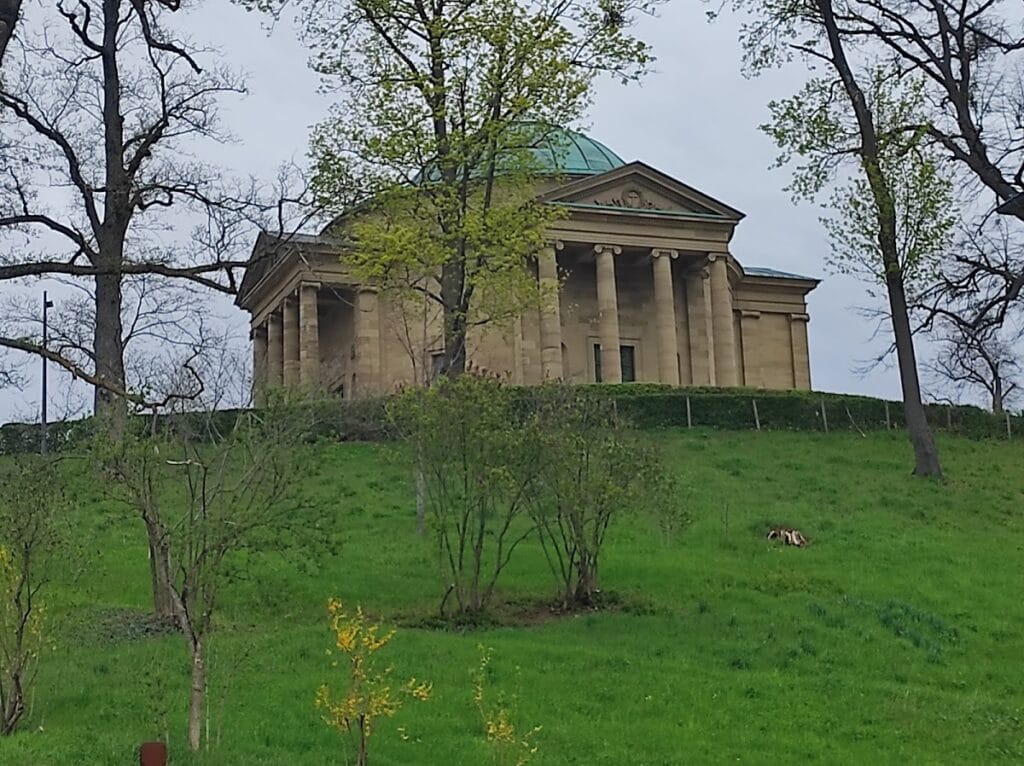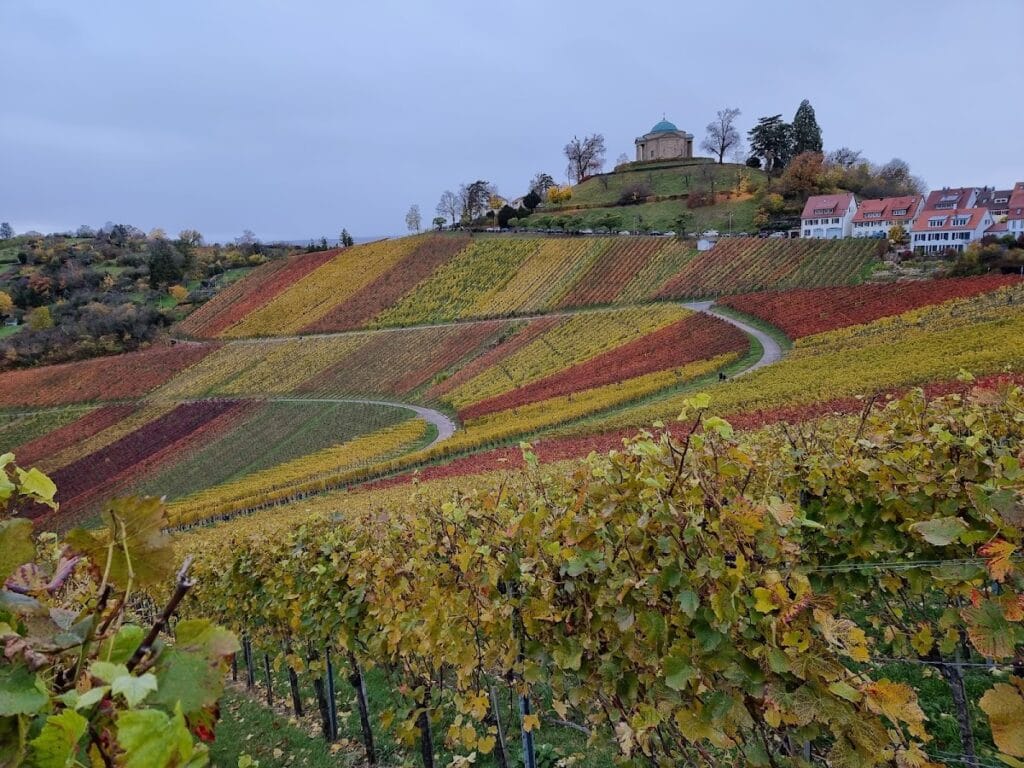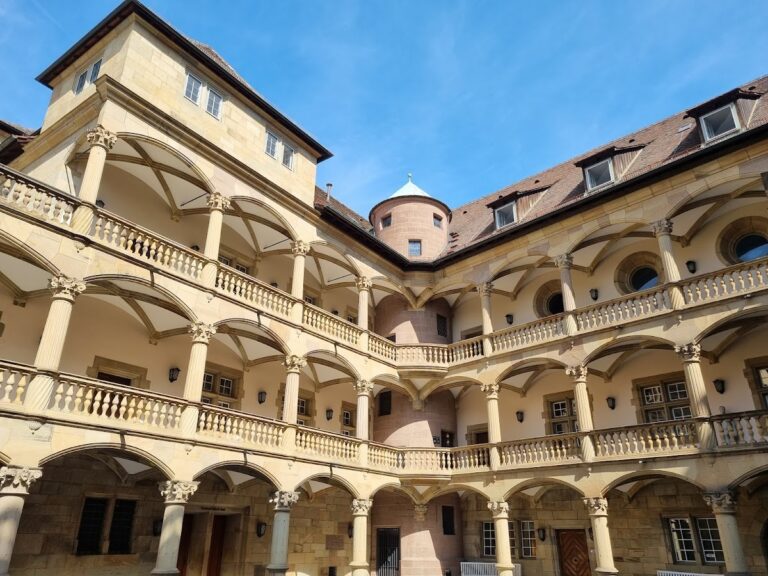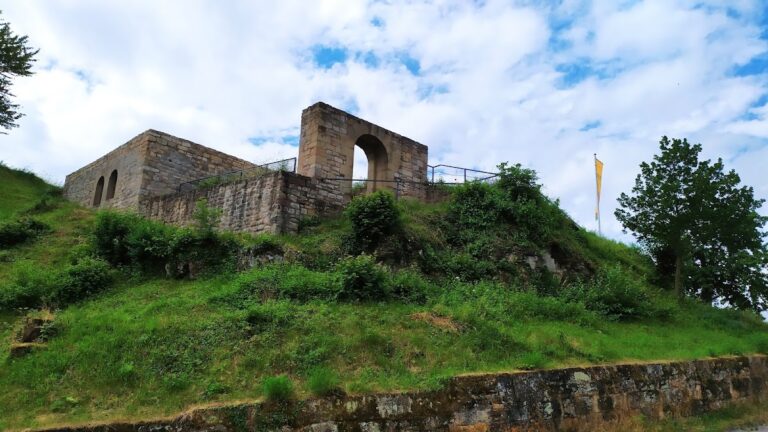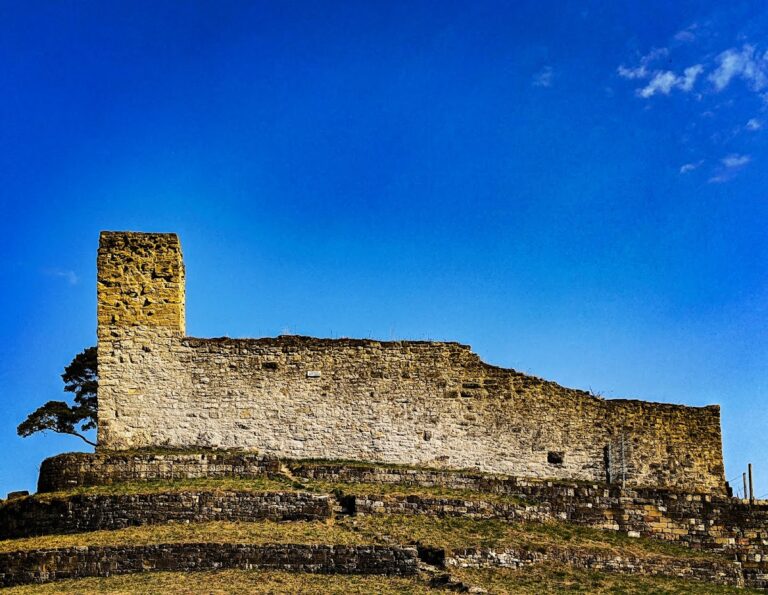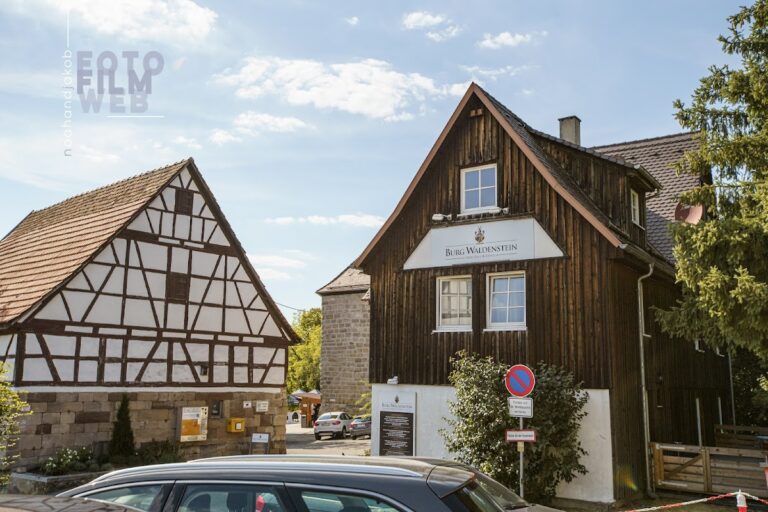Wirtemberg Castle: Ancestral Seat of the House of Württemberg near Stuttgart
Visitor Information
Google Rating: 4.7
Popularity: Medium
Google Maps: View on Google Maps
Official Website: www.grabkapelle-rotenberg.de
Country: Germany
Civilization: Medieval European
Remains: Military
History
Wirtemberg Castle is situated near Stuttgart, Germany, and was constructed by the medieval German nobility known as the House of Württemberg. Its origins trace back to the late 11th century, marking a pivotal point in the family’s establishment.
The castle’s foundation dates to the year 1080, when the House of Württemberg relocated from their earlier stronghold at Beutelsbach to the elevated Rotenberg hill, which stands at 411 meters. The earliest documentary evidence linking the family directly to this site is found in the consecration of the castle chapel on February 7, 1083. This ceremony was performed by Bishop Adalbert II of Worms, and the original dedication stone from the chapel remains preserved. The event is notable for providing the first historical record of the Württemberg name, solidifying the castle’s importance as their ancestral seat.
From 1092 onwards, the castle regularly served as the residence of the Counts of Württemberg, remaining central to their rule until the late 15th century. During this period, the castle was also administered by ministeriales, or unfree knights in service to the counts, with Swenegar von Wirtenberg among those documented in this role.
In 1311, a significant military conflict dramatically altered the castle’s fortunes. Forces from nearby imperial cities acting under Emperor Henry VII attacked and destroyed the original fortress amid a dispute involving Count Eberhard I. Following this, the castle was rebuilt; however, the new structure was smaller and less grand than its predecessor.
The early 16th century brought renewed turmoil. In 1519, during the occupation of Württemberg by the Swabian League—a regional military alliance—the castle was set ablaze. This act was closely tied to the political struggles surrounding Duke Ulrich, who had been driven into exile. After over a decade, Ulrich returned in 1534 with assistance from Hessian allies, marking a restoration of his power and influence.
Despite reconstruction efforts following the 1519 destruction, the castle gradually fell into neglect over the following centuries. By 1819, King Wilhelm I ordered its dismantling, a decision influenced by the recent death of Queen Katharina, his wife. In place of the former fortress, a mausoleum was commissioned between 1820 and 1824. Designed by Giovanni Salucci in the neoclassical style, this funerary chapel was built as the final resting place for Queen Katharina. The mausoleum has been accessible to the public since 1907.
Throughout its history, the castle and hill’s name evolved linguistically from early forms such as Wirdeberch, Werdenberc, and Wirtinsberk. Scholars studying its etymology propose a Celtic-Roman origin from the word “Wirodunum,” which can be translated as a fortified place. This name was officially designated as Württemberg after the establishment of the Kingdom of Württemberg under Napoleon. In 1907, King Wilhelm II formalized the hill’s name as Württemberg, connecting the site’s historical identity with modern regional nomenclature.
Remains
The original castle was a fortified complex featuring three concentric ring walls that enclosed various structures essential for medieval life and defense. These inner walls created layered protection on the elevated hilltop, providing security for the noble inhabitants and their retainers. Within these enclosures, there were substantial stables for horses, numerous auxiliary buildings supporting daily operations, a central courtyard, and the main manor house. The castle chapel, distinguished by its dedication to Saint Nicholas, stood as a spiritual centerpiece.
One of the most significant surviving objects related to the site is the original dedication stone from the chapel, dated 1083. This inscribed Latin stone records the consecration of the chapel by Bishop Adalbert of Worms. Today, it is preserved within the Russian Orthodox Church constructed on the former castle grounds, serving as an enduring link to the early history of the Württemberg lineage.
After the devastation in 1311, a second castle was constructed on the site. While intentionally smaller than the original fortress, historical records provide limited details on its layout or building materials. This downsizing likely reflected both military and economic considerations following the earlier destruction.
The third iteration of the castle emerged after the 1519 burning but eventually fell into disuse. Prior to its dismantling in 1819, careful architectural plans and drawings were produced, documenting its condition before removal. These records offer insight into the castle’s later form, although the physical structure no longer exists.
Replacing the castle ruins, the Württemberg Mausoleum was built between 1820 and 1824 by architect Giovanni Salucci. This neoclassical funerary chapel stands on the original castle site and serves as a focal monument commemorating Queen Katharina. Its design contrasts starkly with the medieval fortifications it supplanted, reflecting a shift from military fortress to commemorative structure.
Situated on a spur of the Schurwald forest between Cannstatt and Esslingen am Neckar, the hill on which these structures stood was renamed Württemberg by royal decree in 1907, further affirming the historical continuity of the site’s identity.
